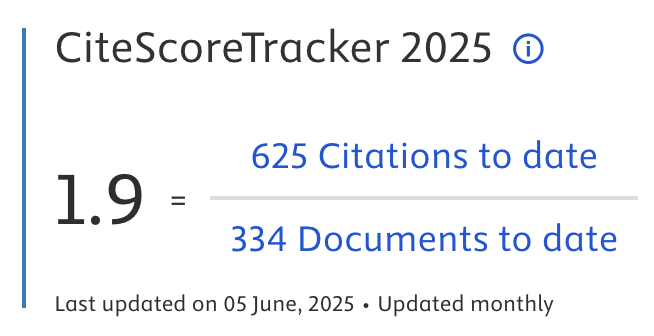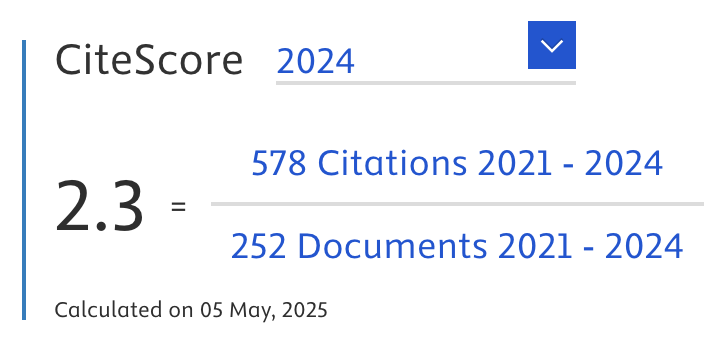Progressive Massive Fibrosis Detection Using Generative Adversarial Networks and Long Short-Term Memory
Abstract
Contribution: Progressive Massive Fibrosis (PMF) is a severe form of pneumoconiosis, affecting individuals exposed to mineral dust, such as coal miners and workers in the artificial stone industry. This condition causes significant pulmonary impairment and increased mortality. Early and accurate detection is vital for effective management, yet traditional diagnostic methods face challenges in differentiating PMF from other pulmonary diseases due to variability in clinical presentations and limitations in imaging techniques. Idea: The study introduces a novel diagnostic framework that integrates Generative Adversarial Networks (GAN) and Long Short-Term Memory (LSTM) networks to enhance the detection and monitoring of PMF. The GAN generates high-fidelity synthetic imaging data to address the issue of limited datasets, while the LSTM network captures temporal patterns in patient data, enabling real-time monitoring of disease progression. Objective: The primary objective of this research is to develop an AI-driven model that improves the accuracy and efficiency of PMF detection and monitoring, facilitating early diagnosis and better treatment planning. Findings: The integrated GAN-LSTM model significantly outperformed traditional diagnostic methods. It proved high accuracy, a Dice coefficient of 0.85, and an Area Under the Curve (AUC) of 0.92, showing precise differentiation of PMF from other pulmonary conditions, such as lung cancer and tuberculosis. Results: The GAN-LSTM framework achieved an accuracy of 91.3%, suggesting that the fusion of GAN and LSTM technologies can effectively address the challenges of limited datasets and heterogeneous disease progression. The model showed promise in enhancing the non-invasive detection and ongoing monitoring of PMF. Novelty: This research stands for a significant advancement in PMF diagnostics by combining GAN and LSTM technologies in a single framework. This approach improves diagnostic accuracy and eases continuous disease monitoring, offering a non-invasive and highly precise solution for PMF detection.
Article Metrics
Abstract: 334 Viewers PDF: 173 ViewersKeywords
Full Text:
PDFRefbacks
- There are currently no refbacks.

Journal of Applied Data Sciences
| ISSN | : | 2723-6471 (Online) |
| Collaborated with | : | Computer Science and Systems Information Technology, King Abdulaziz University, Kingdom of Saudi Arabia. |
| Publisher | : | Bright Publisher |
| Website | : | http://bright-journal.org/JADS |
| : | taqwa@amikompurwokerto.ac.id (principal contact) | |
| support@bright-journal.org (technical issues) |
 This work is licensed under a Creative Commons Attribution-ShareAlike 4.0
This work is licensed under a Creative Commons Attribution-ShareAlike 4.0





.png)